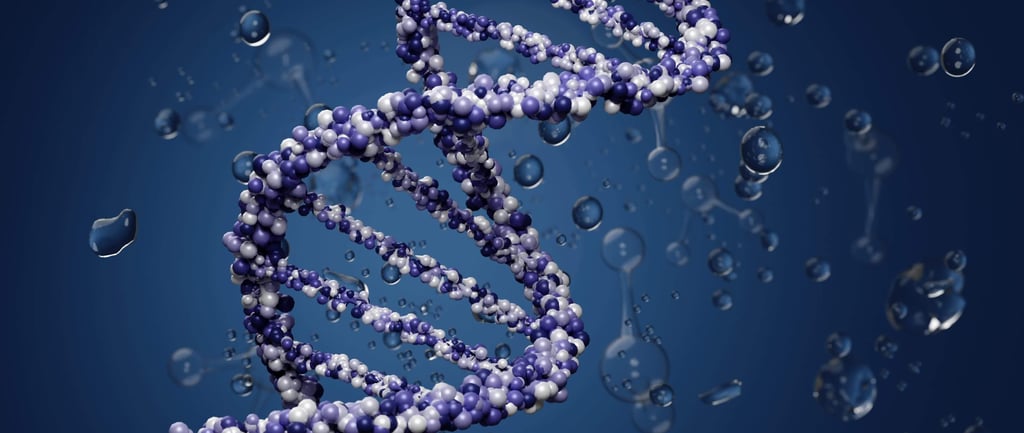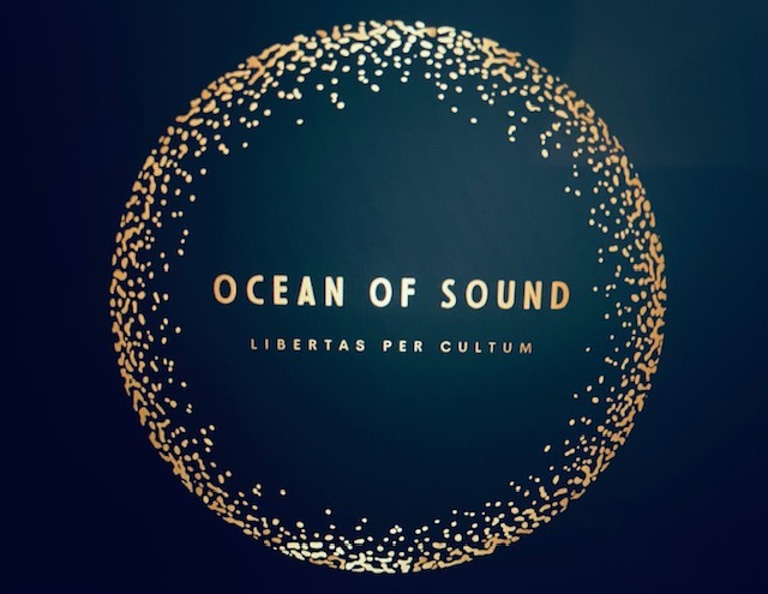DNA, Water & Frequency: How Epigenetics and Water Memory Shape Our Biology
emerging fields of epigenetics, quantum biology, and water memory research confirm that our environment—including frequencies, vibrations, and structured water—influence our DNA expression, cellular function, and overall health.


The inherent truth lies in the realization that we embody the very illumination we seek.
The idea that water is a carrier of memory and genetic information has long been explored in ancient wisdom, but modern science is now catching up. The emerging fields of epigenetics, quantum biology, and water memory research suggest that our environment—including frequencies, vibrations, and structured water—can influence our DNA expression, cellular function, and overall health. This article dives deep into how DNA interacts with water, the role of epigenetics, and how frequency influences genetic memory—paving the way for a new understanding of healing and human potential
Understanding DNA Beyond Genetics: The Role of Water
DNA is often described as the blueprint of life, as it contains the instructions for building and maintaining an organism. However, what most people don’t realize is that DNA does not function in isolation. It exists in a dynamic, aqueous environment where water molecules play an essential role in stabilizing its structure, facilitating its function, and acting as a medium for information storage and transfer.
🔹 DNA as a Blueprint Before Protein Expression
DNA contains genes, which are specific sequences of nucleotides coding for proteins—the fundamental building blocks of life. However, before proteins are synthesized, several intricate processes occur:
Chromatin Remodeling & DNA Accessibility
DNA is wrapped around histone proteins, forming a tightly packed structure called chromatin.
For a gene to be expressed, chromatin must unwind, allowing transcription machinery to access the genetic code.
Water molecules influence chromatin structure by modulating ionic interactions, ensuring genes are properly exposed or silenced based on environmental needs.
Transcription: Copying Genetic Instructions
Once chromatin is relaxed, the gene sequence is transcribed into messenger RNA (mRNA) by the enzyme RNA polymerase.
Water molecules mediate enzyme activity and stabilize the transcription bubble, allowing precise nucleotide matching.
Translation: Converting mRNA to Proteins
mRNA exits the nucleus and binds to ribosomes, where it is read in codon sequences (triplets of nucleotides).
Transfer RNA (tRNA) delivers amino acids to build a polypeptide chain, which eventually folds into a functional protein.
Structured water assists in protein folding and ensures proper tertiary structure formation, preventing misfolding diseases such as Alzheimer’s.
Post-Translational Modifications & Cellular Integration
Once proteins are synthesized, they undergo modifications (phosphorylation, methylation) that define their function.
Water provides a hydration shell, influencing protein activity, binding specificity, and stability.
🔹 Water as a Carrier of Genetic Memory
Nobel Prize-winning scientist Dr. Luc Montagnier demonstrated that DNA can imprint its information onto water, even when the physical DNA is removed. His experiment showed that DNA sequences leave electromagnetic signatures in water, proving that water carries biological memory.
This suggests that water is not just a passive medium but an active participant in genetic processes
🔹 Water as a Quantum Carrier of Genetic Information
Structured water acts as a liquid hard drive, storing vibrational patterns from DNA, emotions, and environmental frequencies.
DNA placed in separate vials of water still influences each other through electromagnetic resonance, proving that genetic information is non-local and frequency-dependent.
Dr. Gerald Pollack’s research on structured (EZ) water suggests that water inside our cells is organized in a liquid-crystalline state, which enhances cellular communication and DNA function.
EZ water acts as a bioelectrical conductor, ensuring that genetic information is transferred efficiently between cells. Disruptions in structured water lead to miscommunication at the DNA level, potentially triggering diseases.
Consuming structured, high-energy water may enhance DNA integrity and repair.
Epigenetics: How Environment & Frequency Influence DNA
🔹 What is Epigenetics?
Epigenetics is the study of how genes are turned on or off by environmental factors without altering the genetic code itself. Our thoughts, emotions, nutrition, and even water quality influence gene expression.
🔹 Key Factors that Influence Gene Expression
Frequencies & Sound: Studies show that specific frequencies (432 Hz, 528 Hz) can enhance cellular function and DNA repair.
Emotions & Consciousness: Emotional states generate electromagnetic fields that influence water structure and, in turn, genetic expression.
Nutritional Influence on DNA: The molecules in clean, structured water and nutrient-dense foods can trigger positive gene activation.
🔹 Scientific Evidence: Sound & DNA Repair
Research shows that 528 Hz frequency (known as the ‘DNA repair frequency’) increases cell viability and enhances DNA self-repair mechanisms.
Quantum biology suggests that DNA emits and absorbs photons, meaning light and sound frequencies affect genetic expression.
Water Memory & DNA Transmission
🔹 Montagnier’s Groundbreaking Water Memory Experiment
Montagnier placed a DNA sample in a sealed test tube and filtered out all biological material, leaving only water.
He then applied a specific electromagnetic frequency to the water, and the DNA re-formed in another test tube—suggesting that DNA uses water as a medium to transmit its blueprint.
Other researchers, such as Dr. Jacques Benveniste, studied similar principles of water memory and found that water retains biological information even after extreme dilution.
Dr. Masaru Emoto demonstrated that human intention and frequencies alter the structure of water, further supporting the hypothesis that water is a memory carrier capable of influencing genetic material.
🔹 Other Scientists Supporting Water Memory & Genetic Transmission
Dr. Fritz-Albert Popp: Studied biophotons emitted by DNA, showing that genetic material interacts with electromagnetic fields and can store information in water.
Dr. Mae-Wan Ho: Researched quantum coherence in biological systems and how water plays a role in cellular energy transfer.
Dr. Emilio Del Giudice: Theorized that structured water and quantum field interactions store biological information, influencing DNA expression.
What This Means for Healing & Consciousness
Since our bodies are over 70% water, we are constantly encoding and transmitting genetic information through vibration and frequency.
By exposing ourselves to coherent, healing frequencies, we can optimize gene expression, cellular function, and overall health.
✅ Drink structured water: Use vortexing, sunlight exposure, or crystal activation to enhance bioavailability. ✅ Expose water to positive frequencies: Play 528 Hz music, healing mantras, or sacred chants near your drinking water. ✅ Use Intentional Thought: Since water holds memory, speak words of gratitude before drinking or bathing. ✅ Enhance Cellular Hydration: Avoid fluoridated or chemically treated water—opt for spring water or properly filtered water
Further Reading & References
Montagnier, L. (2010). DNA Waves and Water Memory. Journal of Physics: Conference Series.
Pollack, G. H. (2013). The Fourth Phase of Water: Beyond Solid, Liquid, and Vapor. Ebner & Sons.
Lipton, B. H. (2005). The Biology of Belief. Hay House.
Benveniste, J. (1988). Molecular Signal Transmission via Water Memory. Nature.
Emoto, M. (2004). The Hidden Messages in Water. Atria Books.
Popp, F. A. (1992). Biophotons and Their Role in Quantum Biology. Springer.
Ho, M. W. (2010). The Rainbow and the Worm: The Physics of Organisms. World Scientific Publishing.
Del Giudice, E., Voeikov, V., & Tedeschi, A. (2010). Water and the Autocatalysis of Life. International Journal of Molecular Sciences.
